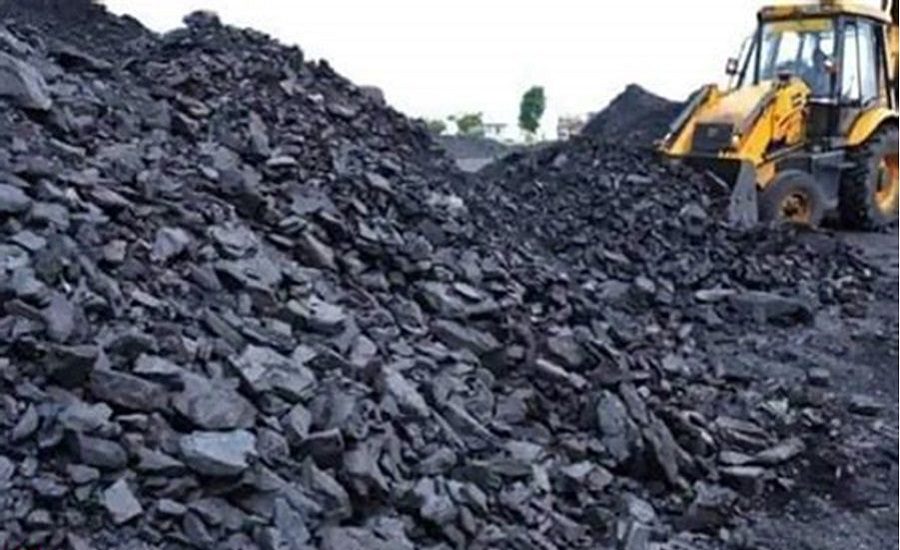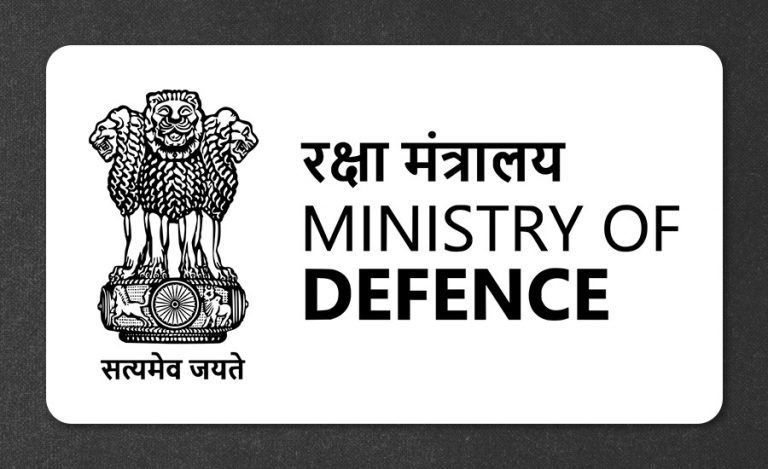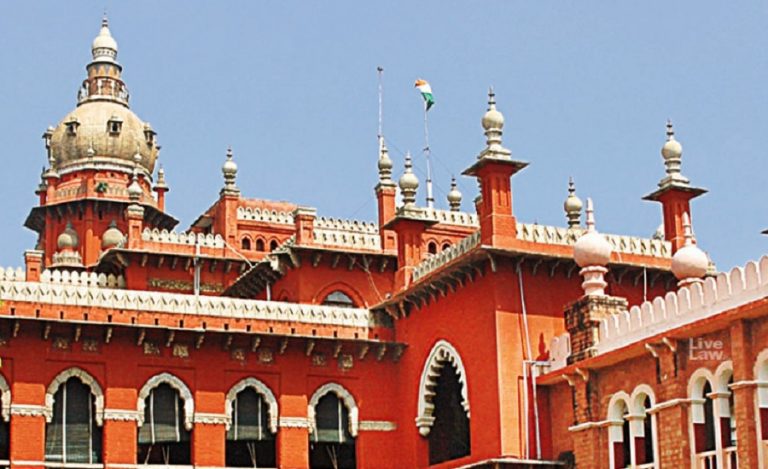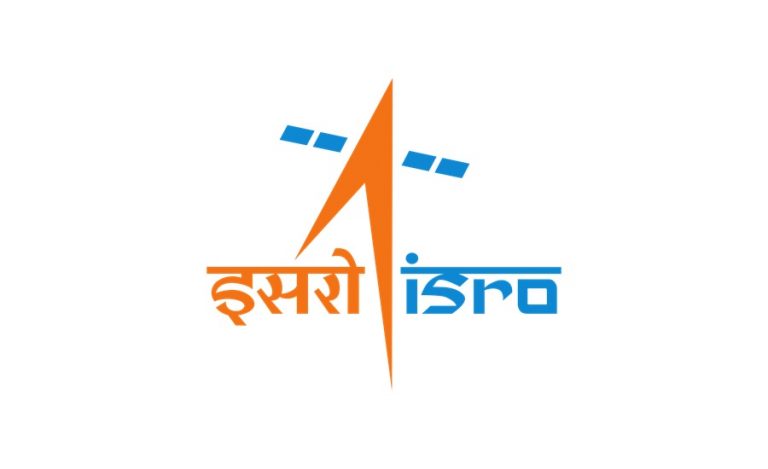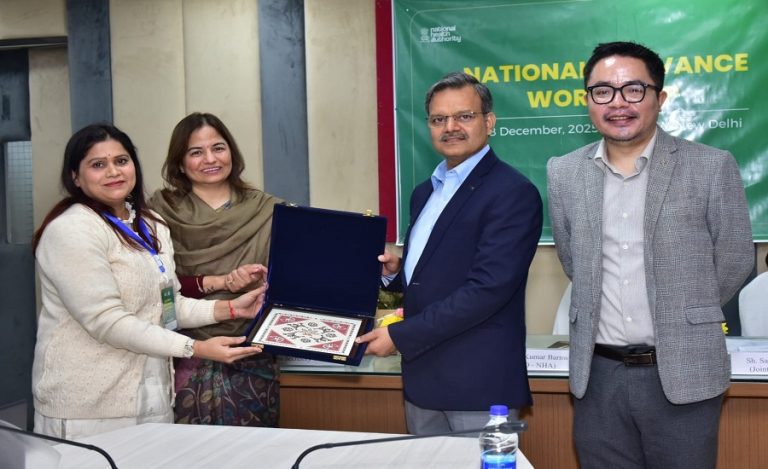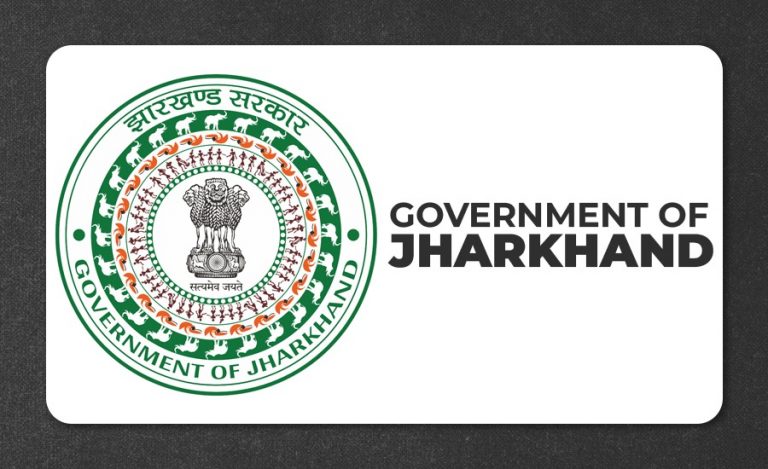New Delhi: The Ministry of Coal has released the Draft Guidelines for Preparation of Mining Plan and Mine Closure Plan for Underground Coal and Lignite Gasification Blocks 2025, introducing a regulatory framework aimed at balancing sustainable energy extraction with stringent environmental and safety standards. The draft was issued on Monday for stakeholder consultation, with comments invited within 30 days of publication.
Integrated Framework for Sustainable Gasification
According to the Ministry, the proposed guidelines aim to “optimise coal and lignite extraction using sustainable in-situ gasification technology with minimal waste and surface impact,” while ensuring operational safety through real-time monitoring, risk control, and environmental safeguards.
The framework integrates progressive mine closure into regular operations, mandating final closure measures such as site rehabilitation, well sealing, cavity stabilisation, and post-closure monitoring to ensure long-term environmental protection and public safety.
Read also: Coal Ministry Hosts Stakeholder Meet to Develop Dedicated CSR Framework for Indian Coal Sector
Mandatory Mining Plan for All UCG Projects
Under the new guidelines, every underground coal or lignite gasification (UCG) mine will be required to have a mining plan approved by a competent authority before commencing syngas production. The plan, valid for the life of the mine, must be based on a pilot study assessing technical feasibility, environmental impact, and safety measures.
Pilot studies conducted by accredited institutions with proven expertise in coal gasification will form the basis for approvals, and findings from nearby or completed projects may also be referenced.
Strict Environmental Safeguards and Site Criteria
The draft outlines stringent geological and environmental conditions for project locations. Ideal target seams are recommended below a depth of 300 metres and must maintain safe distances from groundwater tables and aquifers, with low-permeability strata serving as natural containment layers.
Projects will be prohibited in active seismic zones or ecologically sensitive regions. The Ministry has directed that the gasification process should “achieve optimum production of syngas while ensuring safe and sustainable resource management.”
Real-Time Monitoring and Compliance Measures
Developers will be required to implement real-time pressure and temperature monitoring in syngas pipeline networks. A detailed Impact Assessment Report, including a specific hydrogeology chapter, must be submitted.
The guidelines make it mandatory for operators to maintain “hydraulic containment” and continuous groundwater monitoring using telemetry-enabled devices, with real-time data transmission to the Central and State Pollution Control Boards, as well as the Central Ground Water Authority.
Mine Closure and Escrow Funding Mechanism
To ensure accountability, the draft mandates that developers deposit mine closure funds in an escrow account before operations begin. The base contribution will be Rs 50,000 per hectare (as of September 2025), adjusted periodically to the Wholesale Price Index.
Up to 75 percent of the escrowed amount may be released after verified progressive closure, while non-compliance could lead to revocation of mining permissions or forfeiture of funds.
Oversight, Scrutiny, and Appeals
The Coal Controller Organisation will oversee project scrutiny and approval, assisted by a Technical Committee comprising representatives from the Ministry of Coal, the Directorate General of Mines Safety (DGMS), the Ministry of Petroleum and Natural Gas, and CMPDIL.
Developers must submit annual reports on environmental performance and closure progress to the Coal Controller. In case of disputes regarding approvals or rejections, the Secretary (Coal) will act as the appellate authority.
A Step Toward Responsible Energy Transition
With these draft guidelines, the government aims to establish a transparent, accountable, and environmentally responsible framework for underground coal gasification — a technology that could enhance India’s energy self-reliance while minimising surface disruption and emissions.
Read also: Coal Ministry Allocates 5 New Blocks to Boost Production, Investment, and Job Creation in India

